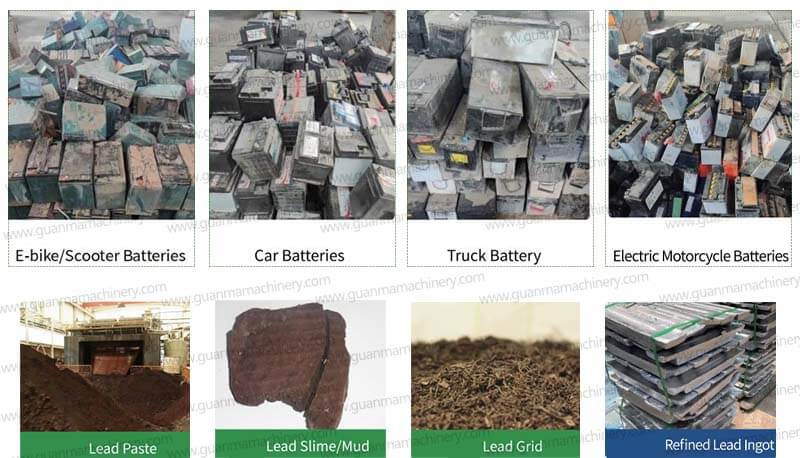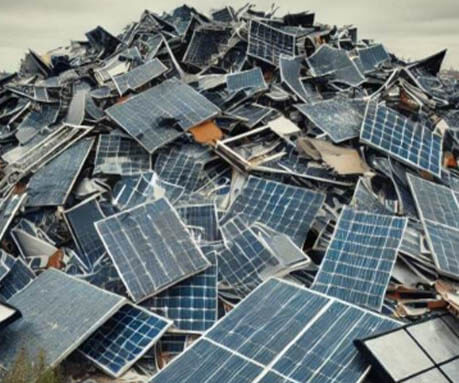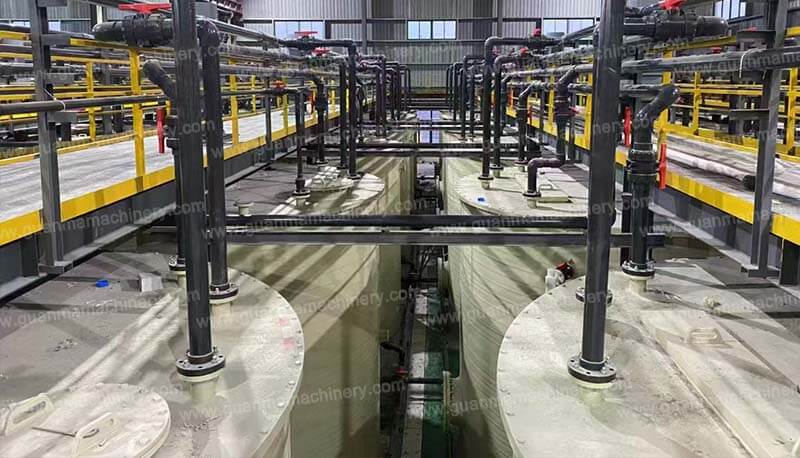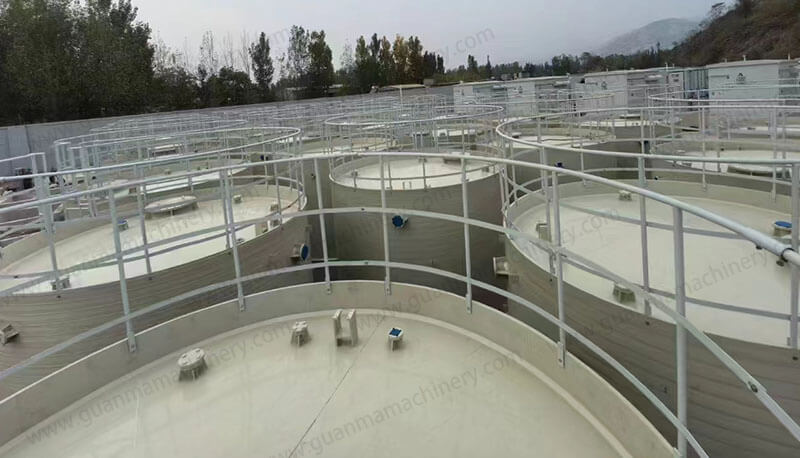In the early stages of lithium-ion battery recycling, extensive research focused on extracting and separating valuable metal elements from retired batteries, refining them into single metal salts. However, these processes have significant drawbacks, such as high solvent consumption, excessive greenhouse gas emissions, complex recovery procedures, and expensive chemical reagents.
To overcome these challenges, researchers have developed an efficient leaching-re-synthesis technology. This method simplifies the separation process, directly synthesizing high-performance materials from leached solutions. By avoiding multi-step metal ion separation, it significantly reduces secondary pollution and improves metal recovery efficiency, making it an attractive solution in the industry.
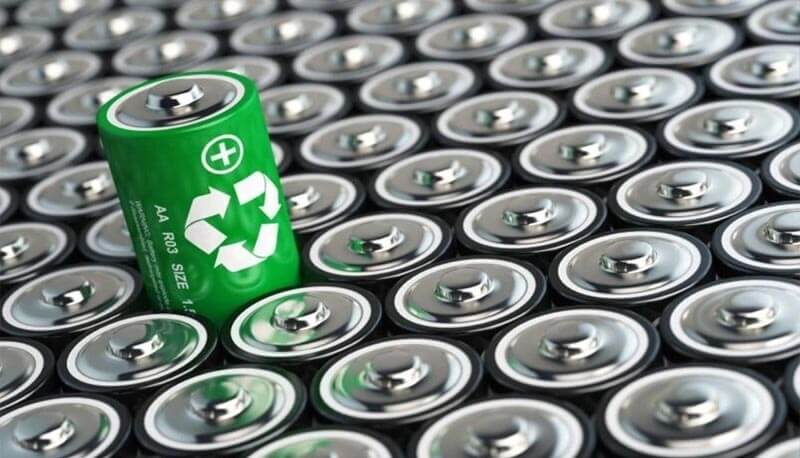
Taking retired lithium iron phosphate (LFP) batteries as an example, the recycling process begins with discharging, disassembling, and stripping the battery to obtain used LFP cathode material powder. The LFP powder then undergoes acid leaching, separating lithium from iron phosphate, resulting in a lithium-containing solution and iron phosphate powder. Subsequently, lithium carbonate is extracted from the solution via sodium carbonate precipitation. Finally, the recovered lithium carbonate and iron phosphate are synthesized into high-performance LFP battery material using the high-temperature solid-phase method.
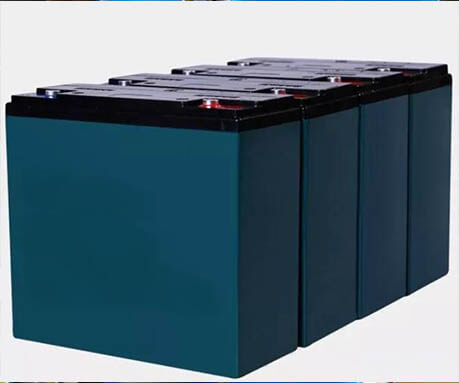
In addition to acid leaching separation technology, direct regeneration is also considered an effective approach for recycling retired LFP cathode materials. This method leverages the fact that lithium loss is the primary cause of battery performance degradation. Through techniques such as high-temperature solid-phase synthesis, hydrothermal treatment, and electrochemical methods, lithium ions are reintegrated into the retired LFP material, restoring its electrochemical capacity.
By implementing these advanced recycling methods, the industry can significantly enhance resource utilization, reduce environmental impact, and support the sustainable development of lithium-ion battery technology.

